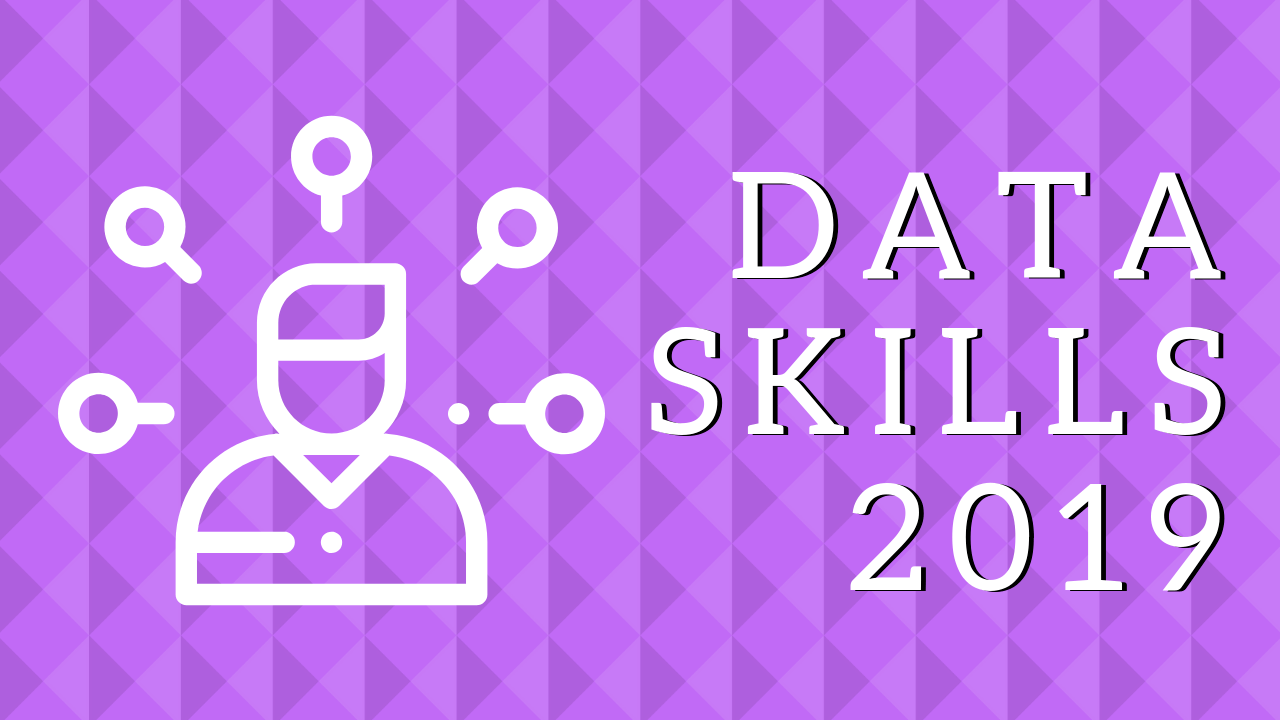Think about it. We have 26 letters in the alphabet and 10 basic numerical digits. Yet, somehow it all combines to generate more than 2.5 quintillion bytes of data on a daily basis. That, in essence, is a million multiplied by itself five times.
And you know what? This rate has not been growing progressively over time. Believe it or not- about 90% of all the data on the planet by 2013 had been created in just two years. In other words, it basically took just 24 months to proliferate the entire human race data almost tenfold.
Well, that was six years ago. So, imagine the subsequent level of growth we’ve been able to achieve since then. According to research published by the International Data Corporation, the overall amount of data has been doubling every two years.
That essentially means that by 2020, we should be producing about 1.7 megabytes of new data each second for each individual in the world. Consequently, the cumulative amount of information will have swollen to an unbelievable 44 zettabytes– or 44 trillion gigabytes.
And what does this mean for you?
Firstly, you can bet that by now, data is pretty much everywhere. And that brings us to the second, and arguably the most critical point- that you cannot afford to sit this one out.
Considering the fact that valuable info is now more than enough for everyone, there has never been a better time to learn precisely how to leverage it. This alone will not only enhance your organization’s processes, but also substantially boost decision-making and overall efficiency.
And to help you with that, we’ll explore the primary types of tools you can capitalize on. So, here are the 5 data tools you need to acquaint yourself with in 2019:
Contents
Data Visualization – Tableau
To start us off, you need a system you can feed all the important bits of data, then organize everything accordingly, and ultimately present the resultant information in a simple visual form.
The principal objective here is making interpretation easy. Science has, in fact, proven that your brain is capable of processing visuals in just 13 milliseconds- about 60,000 times faster compared to standard text.
One of the most effectual tools for this is Tableau, which comes in several forms- Tableau Public, Tableau Online, Tableau Server, Tableau Prep, and Tableau Desktop. It’s renowned for its powerful data discovery, exploration, editing, analysis, and presentation capabilities.
Most importantly, Tableau doesn’t need complex coding. Editing visualizations is as simple as tweaking the elements through its drag and drop interface.
Data Engineering – Python
The biggest challenge when it comes to data is the fact that the bulk of it exists in raw form, spread across text files and databases. You cannot directly adopt it in that state for analysis or processing.
And so, data engineering creates an ideal pipeline by transforming such data from its initial raw, unusable formats to simpler forms that can be leveraged by data scientists.
That said, Python is particularly handy since it provides numerous libraries for tweaking raw data. It can interact with sources like Hive, Cloudera Impala, MS SharePoint Lists, MS Excel files, PostgreSQL, Teradata, MS SQL Server, and various text files to achieve data aggregation, reshaping, disparate sources attachment, plus automation.
Data Analytics – SQL
Value is typically obtained from data as insights. The thing about insights, however, is that they can only be generated after comprehensive data analytics. And this refers to qualitative and quantitate processes involving assessment of various parameters like data connections, relations, patterns, and more- in a bid to derive understandable conclusions.
Thankfully, there are many tools that can achieve this. But, one of the most versatile ones is SQL.
Otherwise known as Structured Query Language, it’s a system that is not only utilized for software development, but also in data management for relational databases. Its functionalities make it exceptionally effectual in reading, manipulating, and adjusting data.
All things considered, SQL’s strength lies in its ability to perform a wide range of aggregations on extensive data sets plus numerous tables simultaneously.
Big Data – HIVE
Going by the sheer amount of data companies are collecting on a regular basis, you’d presume that their resultant insights are pretty solid. But, it turns out that they are only analyzing 12% of their data, while 88% is ignored.
And the reason is quite simple. Although an extensive database is widely considered to be an asset, it just so happens that it can also be a major challenge when it comes to management. And that’s precisely why they came up with big data tools like Hive.
That said, Hive is principally a data warehousing system developed on Hadoop’s framework. It utilizes what’s known as HiveQL, an SQL-like syntax that facilitates easy access and management of structured data. Its MapReduce functionality, on the other hand, is used for complex big data analysis.
All in all, therefore, Hive provides analysis of large data volumes, ad-hoc database querying, plus data summarization.
Advanced Analytics – SparkSQL
Sometimes, data analytics goes beyond its traditional boundaries to generate deeper insights. And to achieve this, you need complex tools plus methodologies to autonomously or semi-autonomously assess the data.
SparkSQL is an exceedingly outstanding powerhouse when it comes to advanced analytics. Developed for structured and semi-structured data processing, SparkSQL is a spark interface that not only serves as a distributed SQL query engine but also facilitates DataFrames scripting abstraction.
Most importantly, SparkSQL can accelerate unmodified Hadoop Hive queries quite significantly to enhance overall efficacy on existing data systems. Then, of course, you can rely on it to embed accordingly with other Spark components to achieve supplementary functions like machine learning.
And that’s it for now. To learn more about these tools, feel free to enroll to my online course– where I’ll show you exactly how you can leverage them, based on proven secrets I’ve developed for over two decades in this field.
